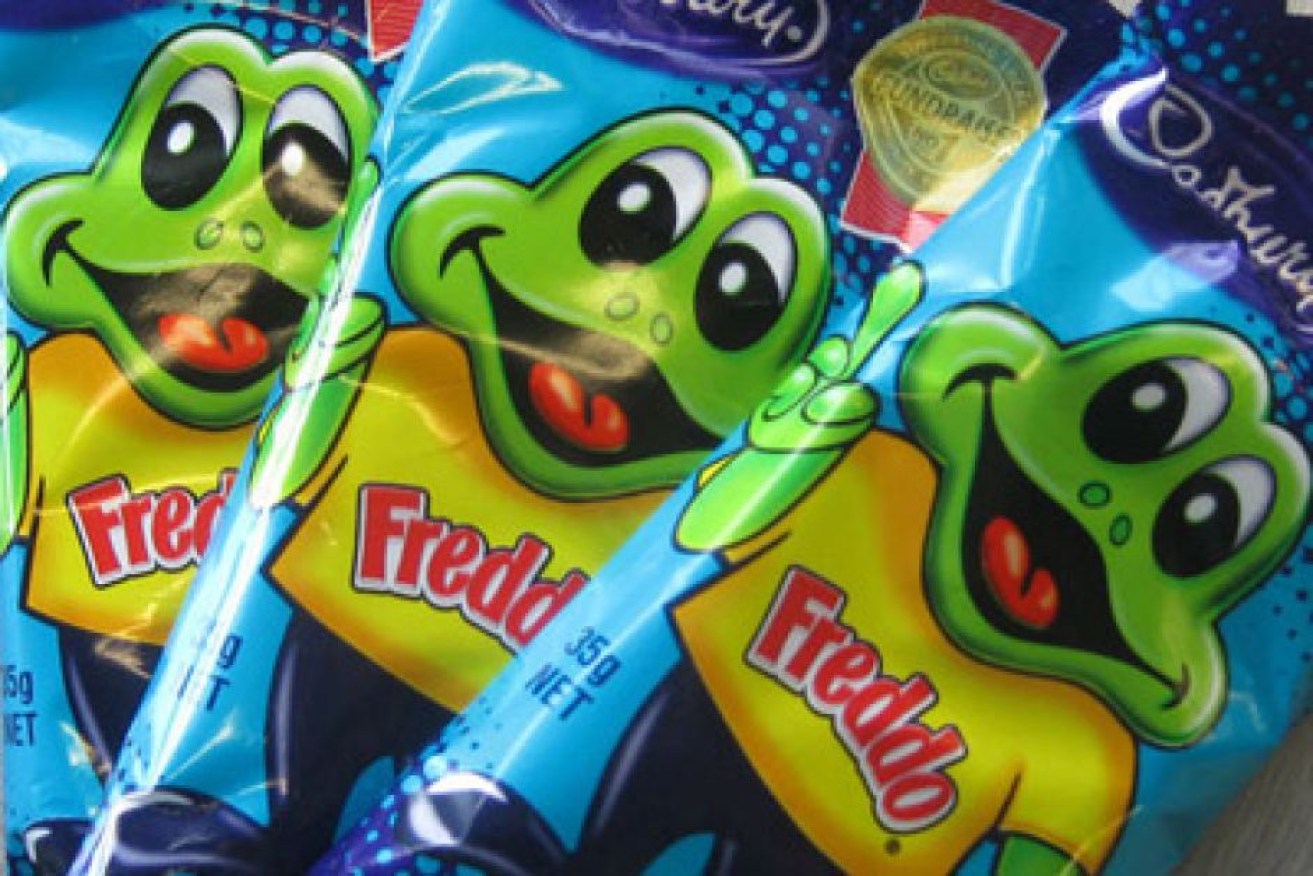Freddo Frog’s foreign owner comes at a big cost to Australia

Photo: ABC
Foreign ownership has been in the national spotlight after a number of high-profile agricultural purchases by foreign buyers. But it’s not just our food production that’s being sold off, it’s also our favourite brands.
In part one of our series on foreign ownership of Australia’s iconic brands, George Lekakis looks into the history of the Freddo Frog.
Freddo Frog provided us with an example of some of the most inspired marketing ever seen in the Australian confectionery industry.
Freddo was made a star at the peak of the Great Depression in 1930 by one of Melbourne’s most creative manufacturing and marketing businesses, MacRobertson’s.
The tasty frog is one of many venerable Australian candy icons that have been sold to foreign buyers.
Violet Crumble, Anticol, Bertie Beetles, Choo Choo bars, Cherry Ripe, Polly Waffle and Flake are members of the same club.
All of these brands were conceived and developed in a time when locally-owned manufacturers accounted for most sales in the Australian confectionery market.
Since local businesses such as MacRobertson’s, Allens, Hoadleys and Arnott’s were taken over by foreign giants such as the Mars Company and Nestle, the rate of local brand innovation in the food and confectionery industry has slowed to a crawl.
Most of the new chocolate and lolly products launched in Australia by global confectioners since the mid-1980s are, in fact, longstanding international brands such as Twix and M&Ms.
In other words, the global candy and chocolate makers have put the brakes on local product development and marketing.
This has cost the Australian economy thousands of jobs and the government plenty in the way of tax revenue.

Cadbury led an international raid on Australian sweets in the 60s. Photo: Cadbury
When Mars and Cadbury began hoovering up Australia’s big sweets makers in the late 1960s, there was a belief that the international reach of these companies would help globalise Aussie brands with the benefit of boosting export production.
That great hope has come up empty, with exports of candy and chocolates only accounting for four per cent of total domestic production in 2015, according to an IBISWorld industry report published in May.
The annual value of Australian confectionery exports declined to $285 million in 2015 from $319 million in 2009.
During that period imported confectionery rose $282 million to $1.1 billion.
Given these numbers, it’s no wonder that Malteser’s packets no longer carry the slogan “Made in Australia … exported to the world”.








